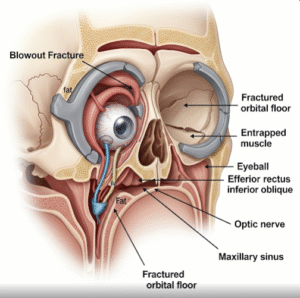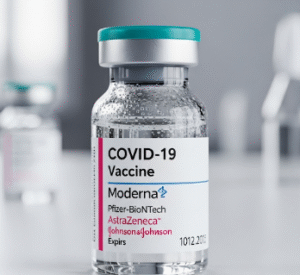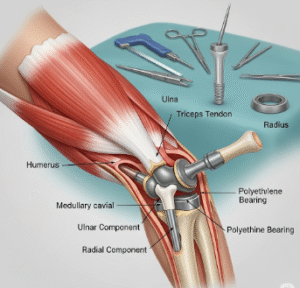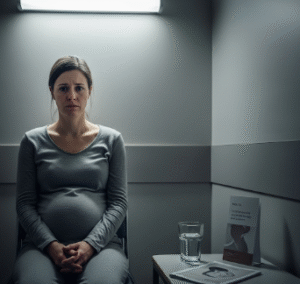Overview
Factor XI deficiency, also known as hemophilia C, is a rare inherited bleeding disorder caused by a deficiency or dysfunction of Factor XI, a protein essential for blood clotting. Unlike hemophilia A or B, Factor XI deficiency often leads to mild to moderate bleeding, primarily after surgery or trauma rather than spontaneous bleeding. In Korea, the condition is recognized and managed in hematology and specialized coagulation clinics, with treatments focusing on preventing and controlling bleeding episodes.
What is Factor XI Deficiency?
Factor XI deficiency is a genetic disorder affecting the blood’s ability to clot properly. It is caused by mutations in the F11 gene. Both males and females can be affected since it is autosomal recessive, meaning a person needs two copies of the defective gene for severe disease, although heterozygotes may also show mild symptoms.
Symptoms
Symptoms may vary depending on the severity of the deficiency:
- Easy bruising
- Prolonged bleeding after surgery, dental procedures, or injury
- Nosebleeds or gum bleeding
- Heavy menstrual bleeding in women
- Rarely, spontaneous internal bleeding
Causes
- Genetic mutations in the F11 gene
- Inherited in an autosomal recessive pattern
- Reduced or dysfunctional Factor XI protein leads to delayed clotting
Risk Factors
- Family history of Factor XI deficiency or other bleeding disorders
- Ethnic background (higher prevalence in certain populations, e.g., Ashkenazi Jews, though rare in Korea)
- Surgical or dental procedures without prior screening
Complications
If not properly managed, Factor XI deficiency can result in:
- Excessive bleeding during surgery or after trauma
- Severe anemia due to chronic blood loss
- Complications in childbirth or invasive medical procedures
- Psychological impact due to fear of bleeding episodes
Prevention
- Preoperative screening for patients with a family history or unexplained bleeding
- Genetic counseling for affected families
- Avoiding medications that interfere with clotting (e.g., aspirin, NSAIDs)
- Educating patients and caregivers about early recognition of bleeding signs
Treatment Options in Korea
Diagnosis
- Blood clotting tests (activated partial thromboplastin time – aPTT)
- Factor XI activity assay
- Genetic testing for F11 mutations in select cases
Medical Treatments
- Replacement therapy with Factor XI concentrate (available in specialized Korean centers)
- Fresh frozen plasma (FFP) if Factor XI concentrate is unavailable
- Antifibrinolytic drugs (e.g., tranexamic acid) to reduce bleeding risk
- Supportive care, such as iron supplementation for chronic anemia
Surgical or Advanced Therapies
- Preoperative prophylaxis with Factor XI replacement or FFP
- Careful intraoperative monitoring during major surgeries
- Minimally invasive techniques in orthopedic or dental procedures to reduce bleeding risk
Rehabilitation and Support
- Education on recognizing and managing bleeding episodes
- Coordinated care between hematologists, surgeons, and primary physicians
- Counseling for patients and families on living safely with the disorder













